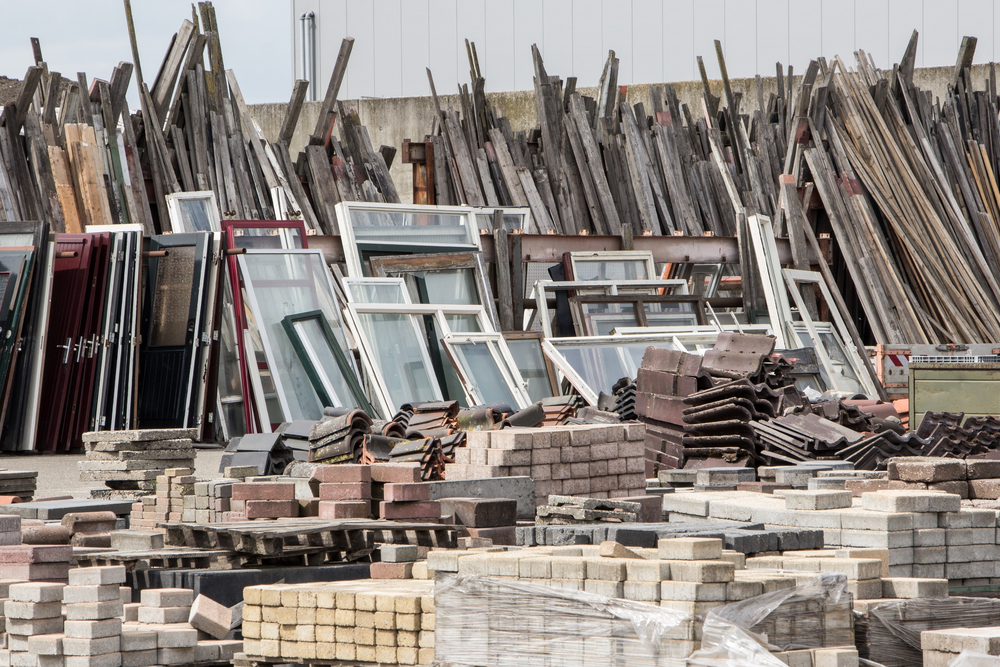
Unused materials database aims to reduce construction waste
Supply Chain Sustainability School has hit ‘go’ on its free Materials Exchange Platform Map (MEP Map).
The School is a collaboration working towards a ‘sustainable built environment’ and their mapping tool aims to help reduce the volume of waste entering landfill by providing construction contractors and their suppliers with a central database of local MEP projects.
The map is a quick way of finding a home for unused construction materials. It has been developed through a collaboration of the School’s industry partners, including BAM, Berkeley Group, Canary Wharf Contractors, Kier, John Sisk & Co, National Grid, Reconomy and Skanska.
How it works
The free mapping tool gives the user access to a national network of Materials Exchange Platforms and allows them to compare those in their local or regional areas. The user can search the database for materials by using filters based on location, MEP type and material information.
Matt Nichols, of Reconomy, and chair of the School’s Waste and Resource Efficiency group said: “Awareness of the importance of a circular economy – based on the principles of designing out waste and ensuring that we efficiently use all the products and materials that we buy – is definitely gathering pace.
“The MEP Map performs the crucial task of connecting those with excess materials and products to those who can make good use of them, therefore reducing the volume of waste we send to landfill.”
Alongside reducing waste by redirecting unused resources, the tool also aims to save contractors disposal costs and potentially generate additional income. Furthermore, it’s hoped the map will aid local businesses and smaller contractors by providing access to quality materials at a lower cost, or even free.
Mark Turner, of the Supply Chain Sustainability School, commented: “Whilst Materials Exchange Platforms are not new, they are sadly very much underused. We hope that by providing this interactive map to our 37,000 online members, and indeed the whole industry, we can more easily access the platforms that exist across the UK, to ensure less unused or over-ordered materials end up in landfill.”
The latest report (March 2020) from the Department for Environment, Food and Rural Affairs (DEFRA), states that in 2016 the UK generated 66.2 million tonnes of non-hazardous construction and demolition (C&D) waste.
Waste occurs for a number of reasons including onsite via over-ordering, incorrect orders, mishandling materials, offcuts, and unnecessary packaging of materials.
Access to the MEP Map is free, through a free membership of the Supply Chain Sustainability School. Anyone can join.